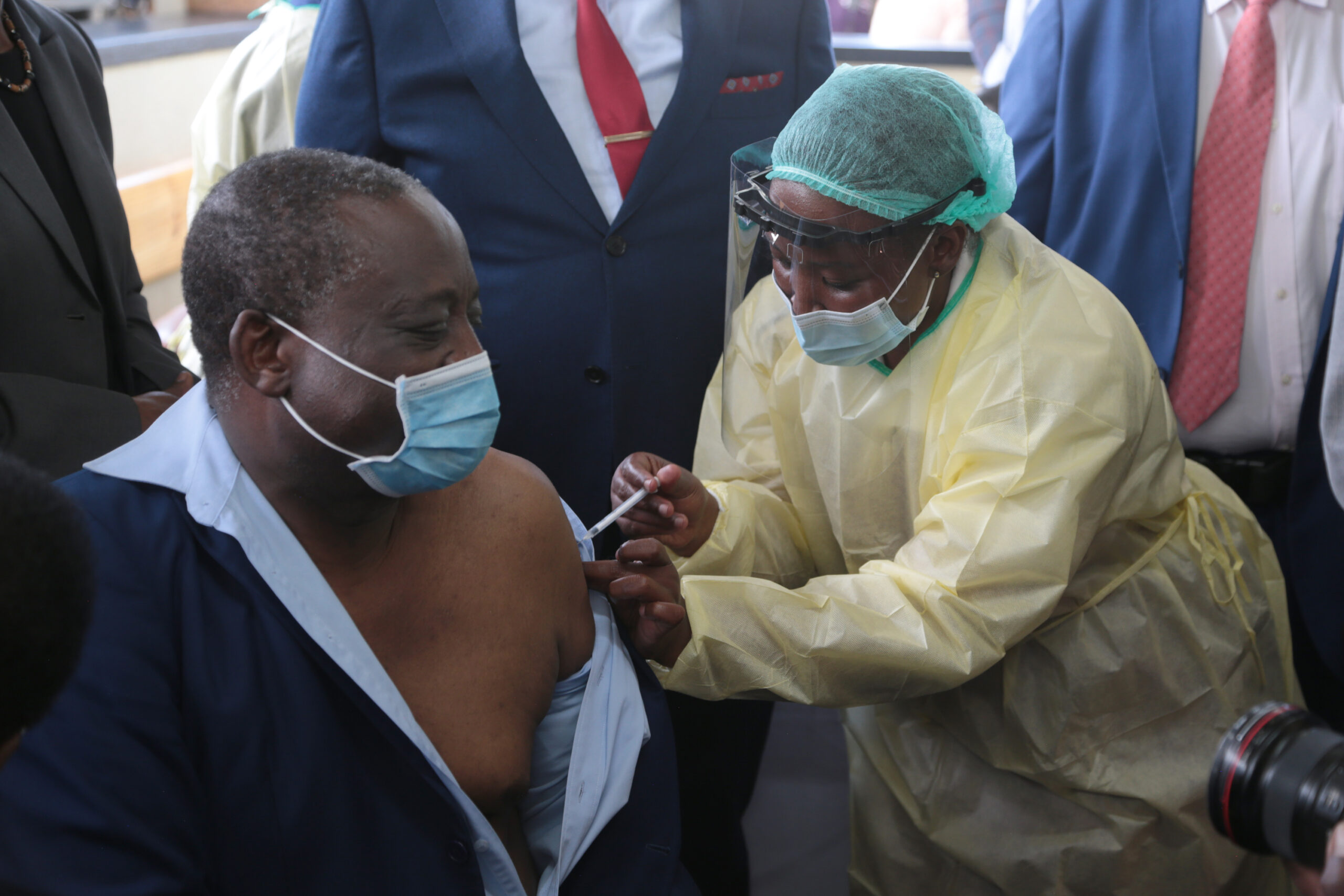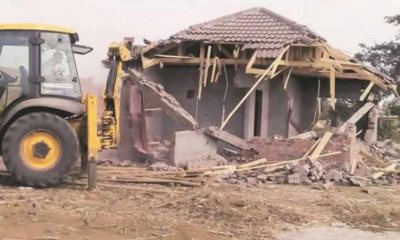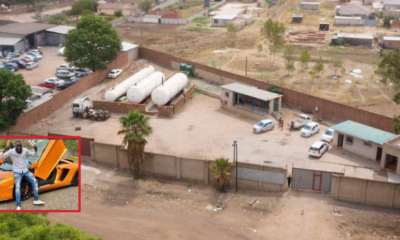REVELATIONS that the Sinopharm and Sinovac vaccines have lower efficacy rates than other vaccines should not deter Zimbabweans from being vaccinated, medical professionals say.
NYASHA CHINGONO
Zimbabweans had warmed up to the vaccination drive, only to be startled by information that vaccines being used in the country had relatively low efficacy.
While vaccines developed by Pfizer, Moderna and Russia’s Sputnik had delivered protection rates of about 90%, the Sinovac vaccine, which Zimbabwe started administering during the second phase of the national rollout, was said to be just above 50%, according to Chinese officials.
Other Chinese shots like the Sinopharm vaccine has 79% efficacy.
Despite earlier threats by the pro-democracy campaigners to force the government to publish information on the vaccines and conduct vaccine trials before the rollout, the government launched the Covid-19 vaccination programme soon after taking delivery of 200 000 doses of the Sinopharm vaccine on 18 February.
Government also failed to learn from neighbouring South Africa which has twice halted its national vaccination rollout owing to concerns about vaccine efficacy. In February, South Africa returned one million doses of the AstraZeneca vaccine after lab tests showed that it was unable to deal with the new Covid-19 variant.
This month, South Africa has halted the use of the Johnson & Johnson vaccine after several women developed blood clots.
Despite the need to fight the pandemic, South Africa has taken drastic decisions to protect its citizens from potentially harmful or ineffective vaccines.
The Zimbabwean authorities have not commented on the efficacy of the vaccines although a top-ranking Chinese official was quoted as saying there is need to bolster the efficacy rate.
The director of the Chinese Centre for Disease Control and Prevention, Gao Fu, recently admitted that the vaccines needed improving.
“We will solve the issue that current vaccines don’t have very high protection rates. It’s now under consideration whether we should use different vaccines from different technical lines for the immunisation process,” Fu said.
Zimbabwe Association of Doctors For Human Rights (ZADHR) president Norman Matara said the revelations by Chinese authorities on the low vaccine efficacy could affect the national rollout although he urged Zimbabweans to continue seeking vaccination.
“I think it is going to affect the uptake,” Matara said.
Matara said the Chinese vaccines, could still go a long way in fighting the disease in the country by reducing hospitalisations and deaths.
“What the official said was nothing new because we had already dismissed the vaccines based on earlier studies. But what he was saying was that there is need to improve the vaccines so that the efficacy rate reaches nearly 100%,” Matara said.
“People need to know that if they get infected after getting the vaccine, they will not get severe sickness, be hospitalised or die because the vaccine can prevent all that from happening. Due to misinformation, people may think that the vaccine is totally useless, but it is not.”
Even though the Chinese official backtracked on his initial sentiments on the Sinopharm and Sinovac vaccines, his remarks had already raised the spectre of doubt.
Gao said he had been misquoted, adding that it was important to improve the efficacy rate of the vaccine through sequential inoculation of different types of vaccines.
“The protection rates of all vaccines in the world are sometimes high, and sometimes low. How to improve their efficacy is a question that needs to be considered by scientists around the world,” Gao said. “In this regard, I suggest that we can consider adjusting the vaccination process, such as the number of doses and intervals and adopting sequential vaccination with different types of vaccines,” Gao told Chinese state media.
The executive director of the Community Working Group on Health (CWGH), Itai Rusike, said officials should ensure that there is discord in communicating the vaccine, its efficacy and possible side effects.
“Conflicting messages cause fear and panic among the public, especially in Zimbabwe where people are beginning to warm up to the vaccine. It is important that authorities be clear and build confidence, given that there has been misinformation and disinformation which has caused vaccine hesitancy and low uptake,” Rusike said.
“We need more uptake of the vaccine and in order to achieve that we need to package the information in a manner that encourages uptakes.”
He added that discord in information sharing could dampen the uptake which was beginning to take off.
“When a negative message comes, it takes us back to the stage where people are highly sceptical,” Rusike said.
Rusike urged the authorities to improve accessibility of the vaccines in low-lying areas, peri-urban zones and growth points.
“In bigger urban centres like Harare and Bulawayo, uptake has been encouraging but low-lying areas are still low in uptake. So, there is need for better accessibility. There is also need for a clear communication strategy to encourage uptake,” Rusike added.
Vaccine hesitancy has blighted the government’s vaccination programme.
Frontline workers have also been hesitant to get the vaccine, citing lack of critical information on the Chinese jab.
Despite the growing uptake of the vaccine, the numbers are still relatively low as compared to the projected figures.
For a country aiming at inoculating 10 million to achieve herd immunity by December 2021, Zimbabwe is moving at snail’s pace.
At least 231 632 people have been administered their first dose since the inoculation programme began in mid-February, but over a million doses remain unused as the government continues to scout for more supplies.
While health officials have warned of an impending third wave of infections during winter, an increased uptake of the vaccine would allay fears of a likelihood of fatalities.









